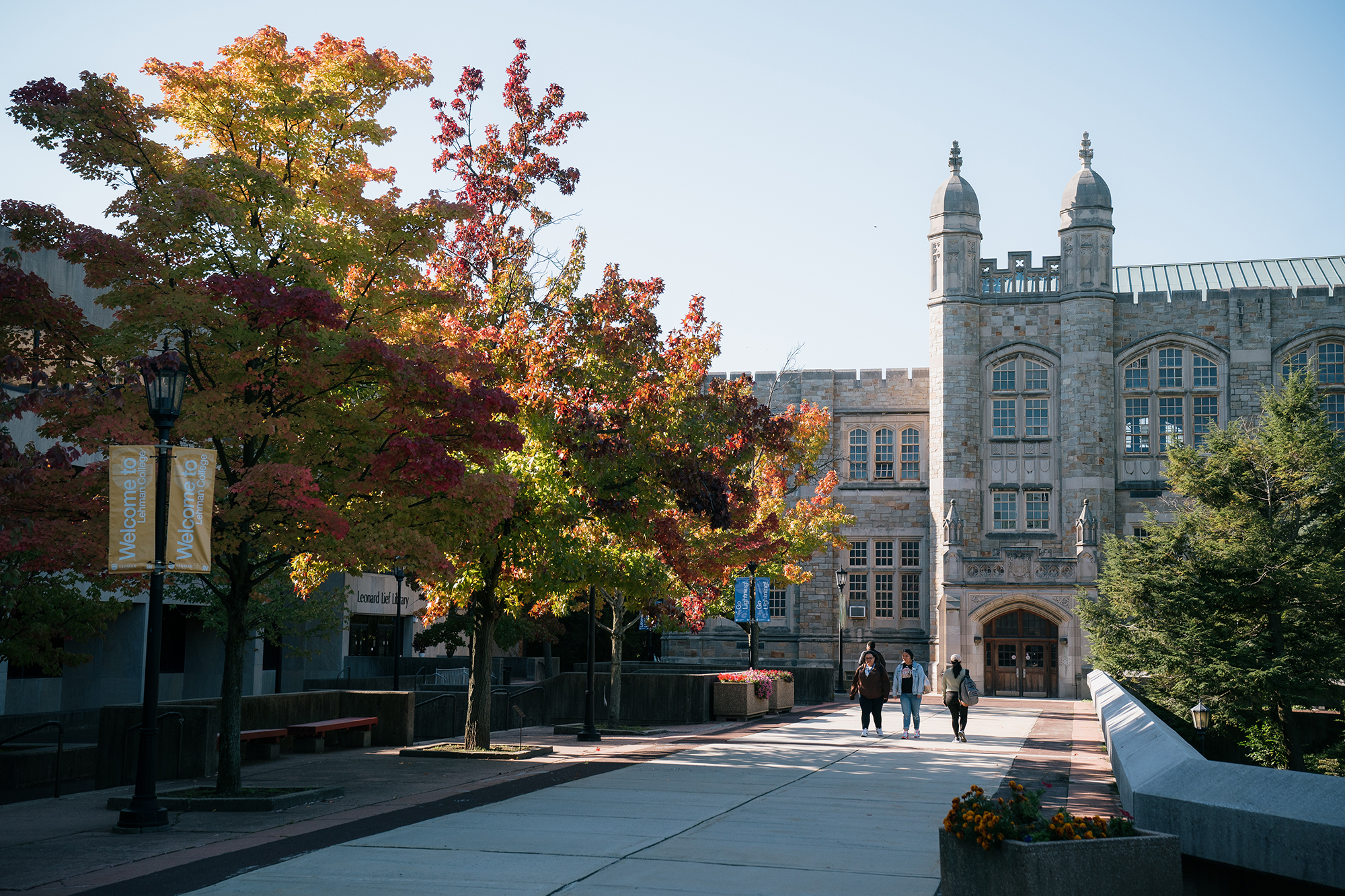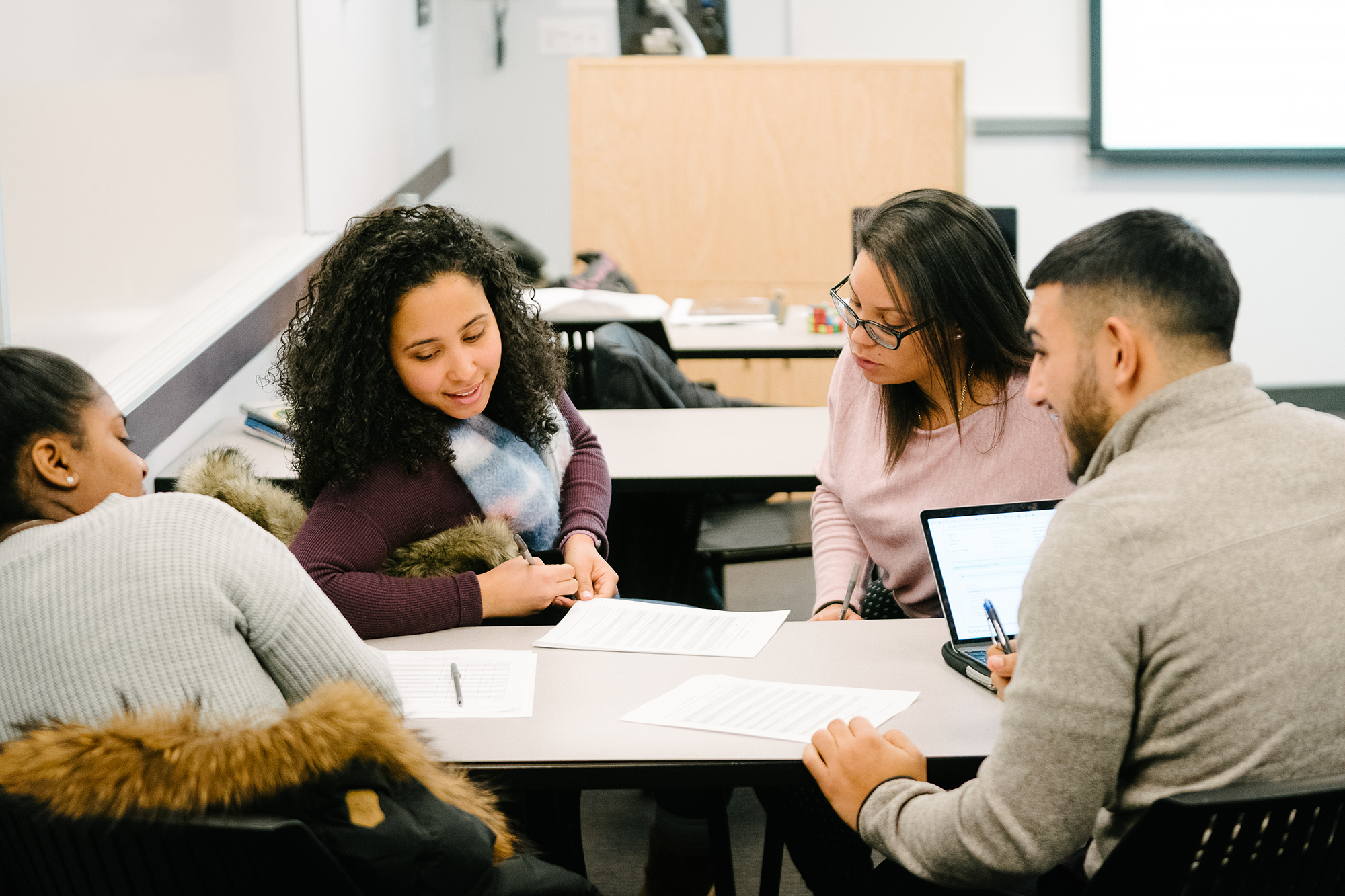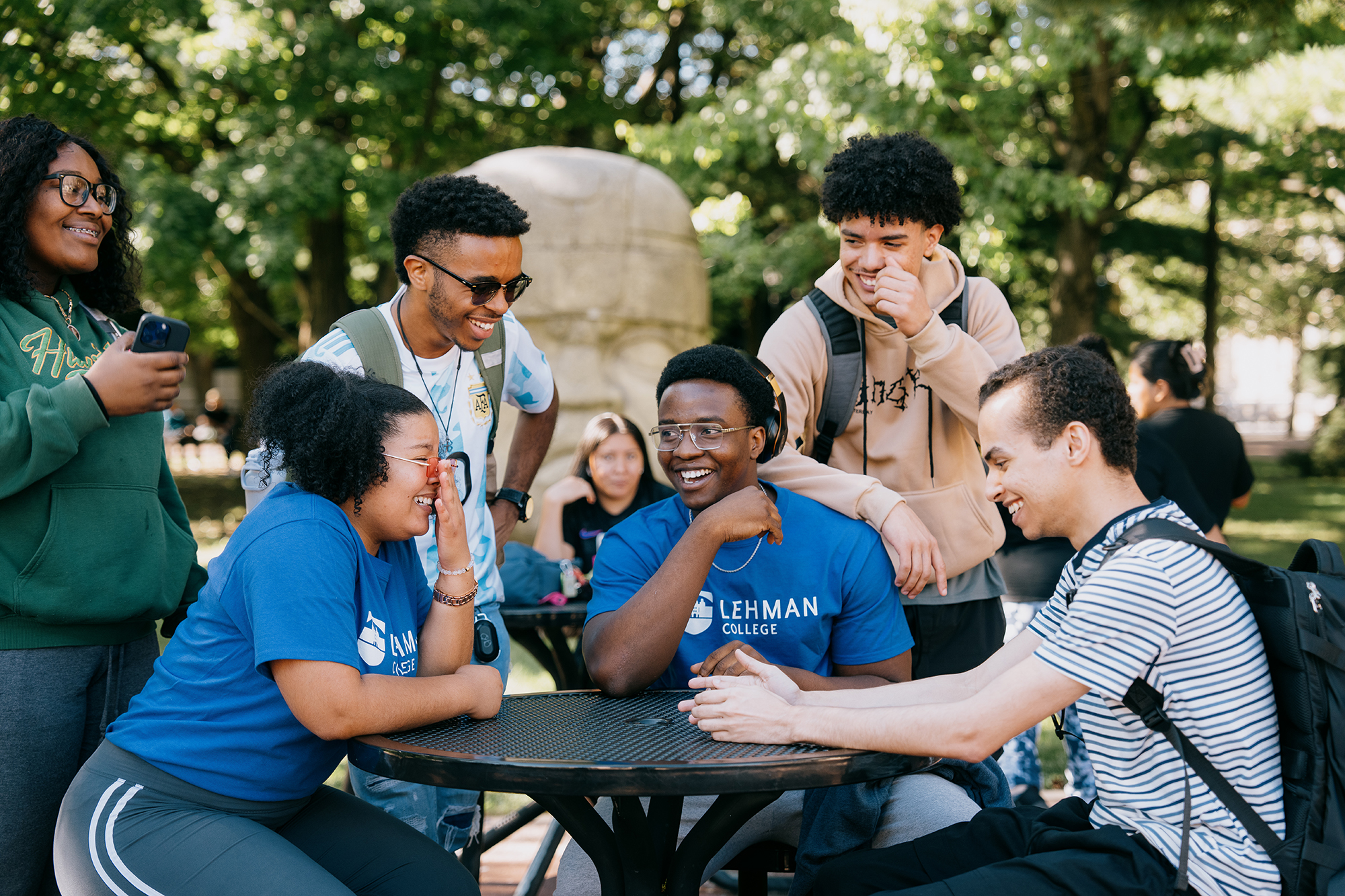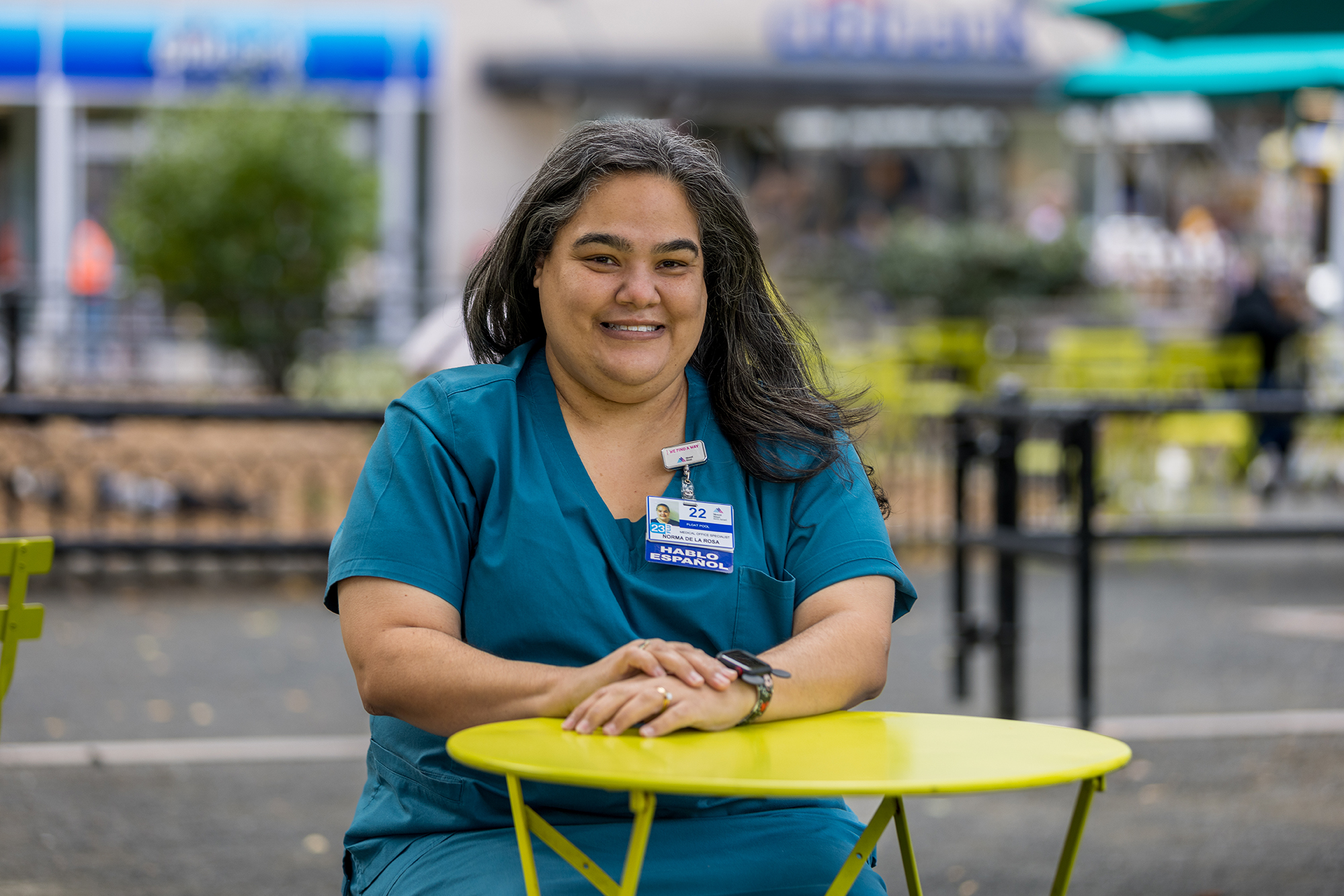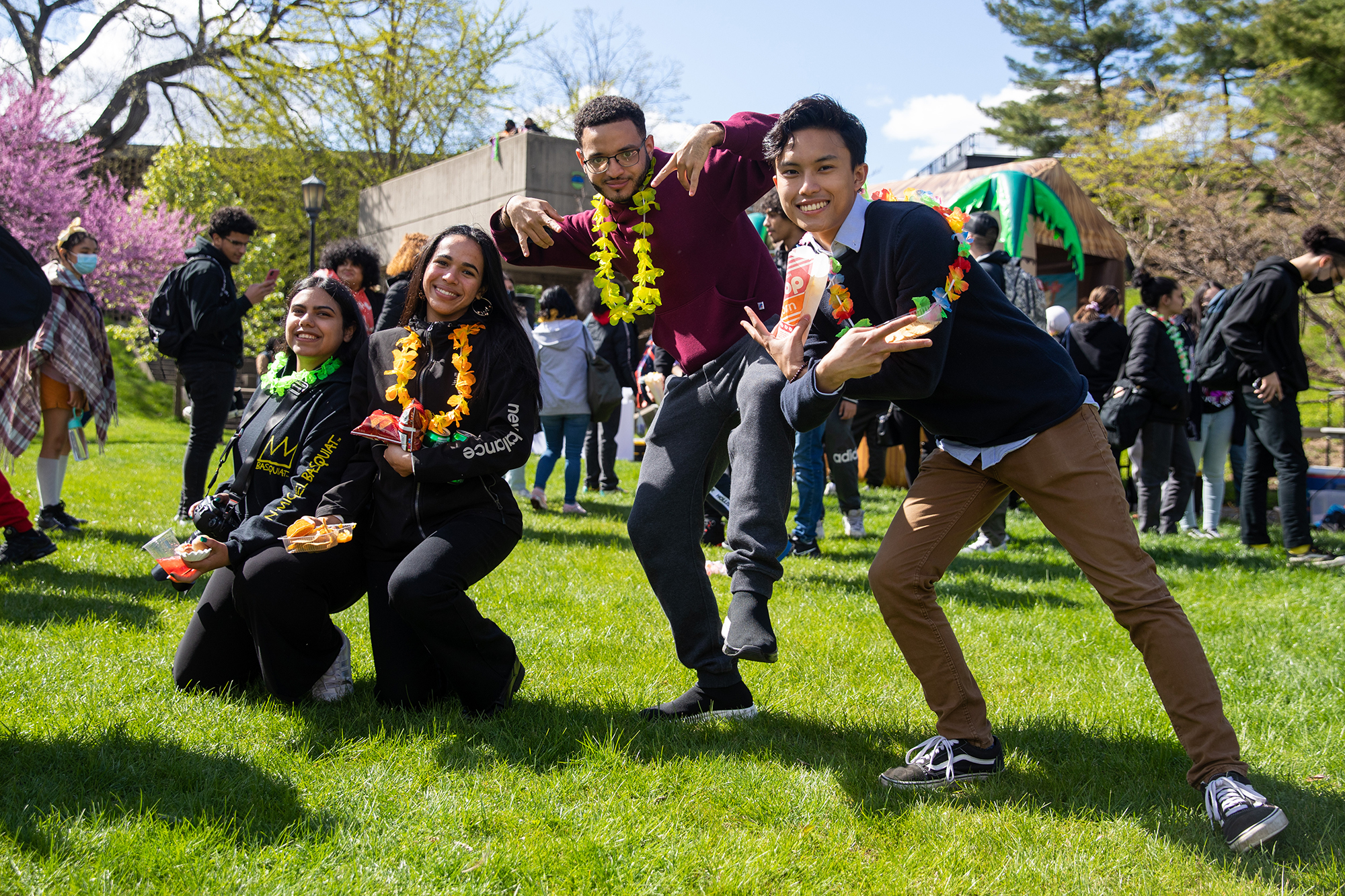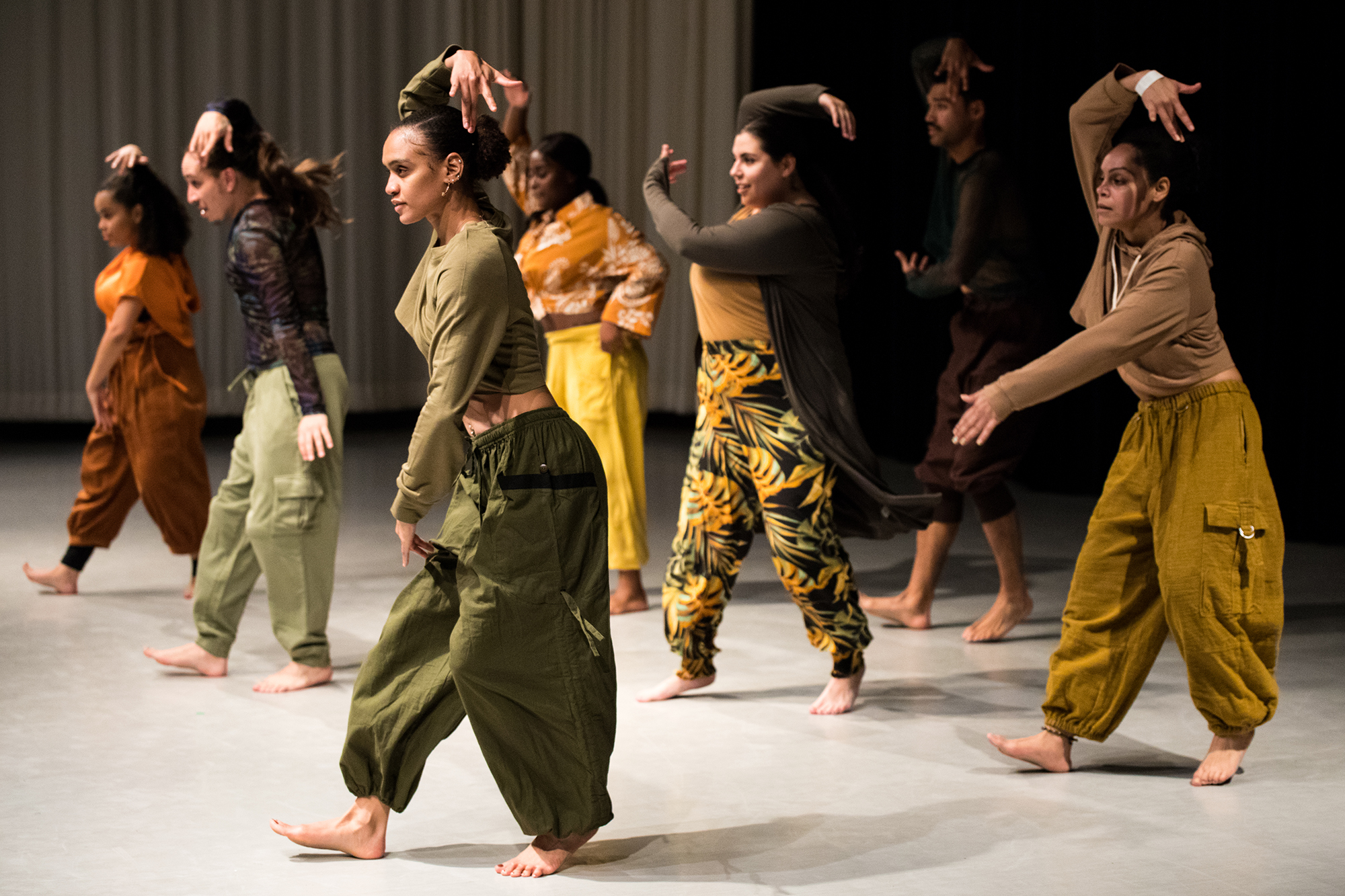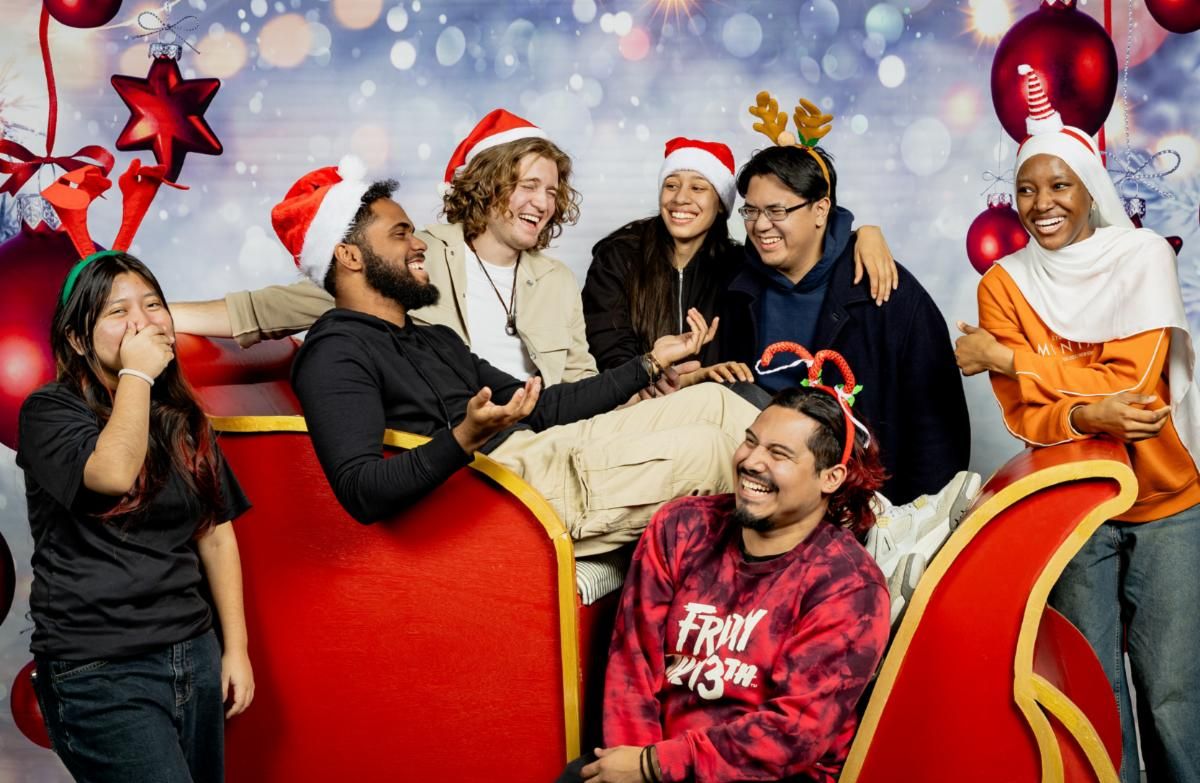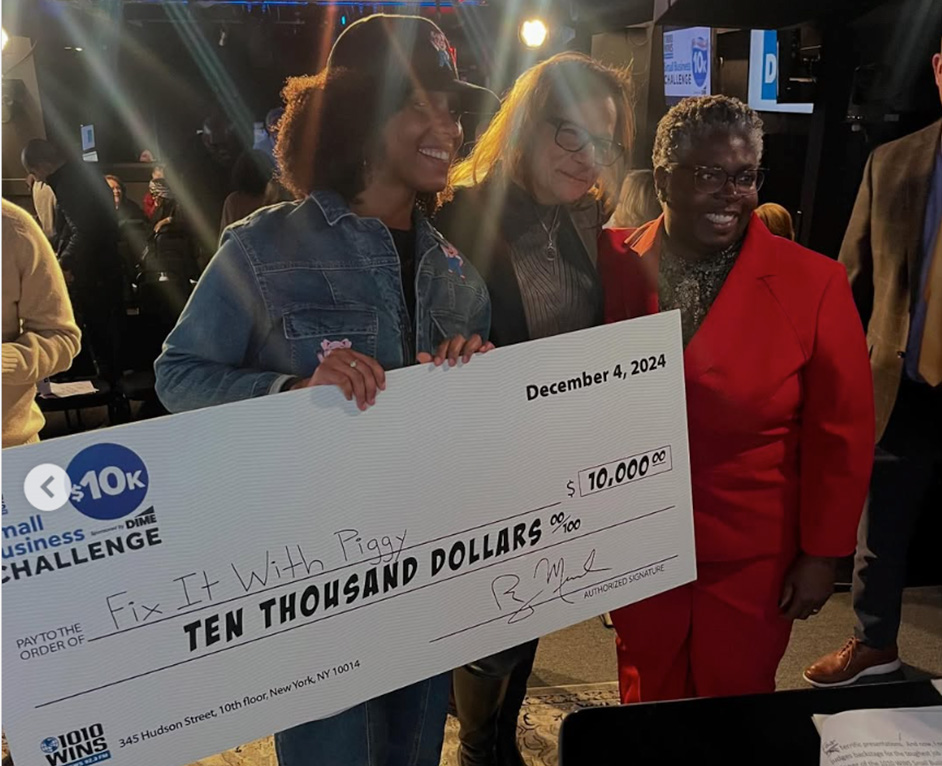- Lehman College >
- News >
- 2025 >
- Student Spotlight: Elsie Soto
News
Search All News
Wednesday, December 24, 2025
CONTACT
Office Hours
Monday - Friday 9am - 5pmClosed Sat. and Sun.
RELATED STORIES
December 19, 2024
December 17, 2024
Client of Lehman Bronx Business Tech Incubator Awarded $10,000
Student Spotlight: Elsie Soto
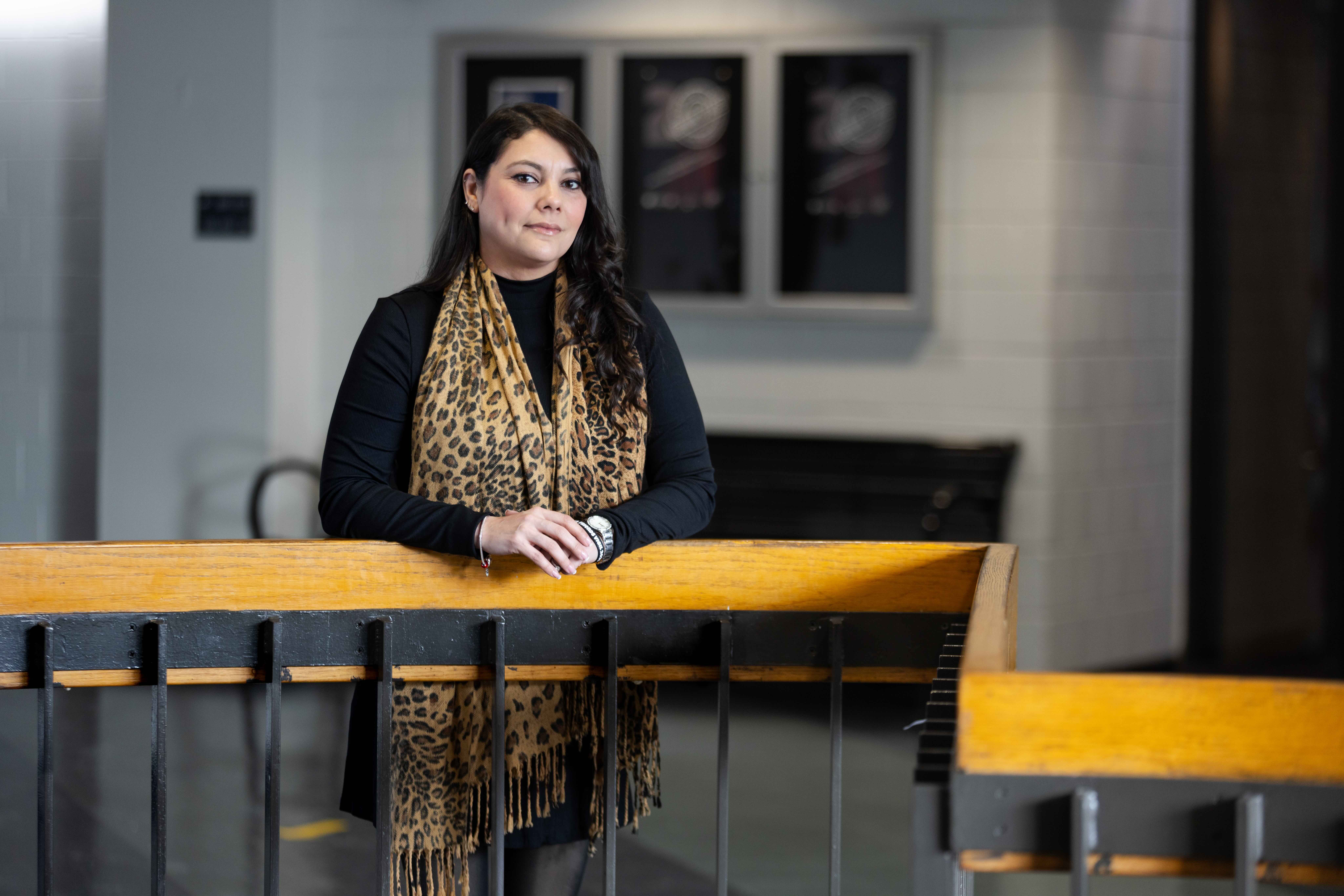
February 3, 2025
Elsie Soto grew up on the Lower East Side of Manhattan, but now calls The Bronx home. With an Associate degree in Public Health from Bronx Community College, she is a proud first-generation college graduate, and in Fall 2025 will earn a bachelor’s degree from Lehman in Health Education and Promotion, with a minor in Disability Studies. As an advocate and activist, she has combined her passion for community health with her commitment to the families of those buried on Hart Island, New York City’s only municipal cemetery. This is her Lehman story. (This interview has been edited for length and clarity.)
What drew you to Lehman College and what motivated you to choose your major?
When I decided to pursue a bachelor’s degree, I looked for a program that would complement my first degree and support my advocacy work. I live in the area and always wondered what it would be like to attend. But I chose Lehman for its extensive curriculum and reputation as a nurturing community.
What has your Lehman education helped you achieve?
I’ve gained a deeper understanding of how the medical system operates and how it can be improved for communities facing health disparities. I’ve also developed the confidence to advocate not just from an emotional perspective, but from a logical and evidence-based standpoint. Lehman has also helped me overcome some of my most challenging moments, thanks to incredible professors and my advisor.
How did you become an activist?
My father passed away during the height of the AIDS pandemic in 1993 and was buried on Hart Island because my family faced discrimination from funeral homes. Visiting the island was difficult. It was under the jurisdiction of the Department of Correction, requiring families to ride prison buses and surrender their phones because inmates conducted the burials.
In 2019 I spoke before the New York City Council about conditions on the island. Afterwards, the Council voted to transfer Hart Island’s jurisdiction to the Parks Department, ending over 100 years of oversight by the Department of Correction. It was a historic moment. Since then, I have been featured in more than 20 local, national, and international publications. Currently, I am working to expand visitation opportunities for family members.
What are some of the issues you’ve worked on?
I have organized vigils to honor all those buried on Hart Island and advocated for a permanent memorial to commemorate them.
I’ve also worked to break the stigma associated with having a loved one buried on Hart Island. And I have spoken publicly about how HIV/AIDS has impacted my family and have worked to end prejudices against those who have died from or are living with the disease.
Sharing my father’s story is deeply personal and has not always been met with kindness. For example, when advocating for placement of the Pandemic Touchstone memorial on Hart Island, we faced significant resistance from residents of City Island. However, organizing a pandemic walk, uniting families, and reassuring them that their loved ones will not be forgotten has been incredibly rewarding.
How has your activism shaped your goals for the future?
My experiences have deepened my commitment to improving the health and well-being of Bronx residents. One of my post-graduation goals is to establish a nonprofit organization to assist low-income families with job training, food and clothing drives, and counseling services.
I also hope to establish an organization that serves families with loved ones buried on Hart Island, to promote a greater understanding of the island’s beauty and historical significance while holding authorities accountable for ensuring progress, such as expanding visitation opportunities for families.
What are three words you’d use to describe Lehman and why?
Transformative, because Lehman has empowered me to grow personally and intellectually, changing my perspective on advocacy and education.
Supportive, because the professors and staff provide a strong network of encouragement, especially during difficult times.
Diverse, because the community at Lehman reflects a rich tapestry of backgrounds and perspectives, fostering an inclusive and collaborative environment.

